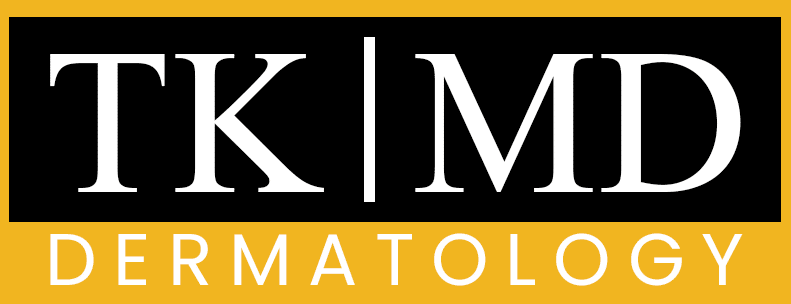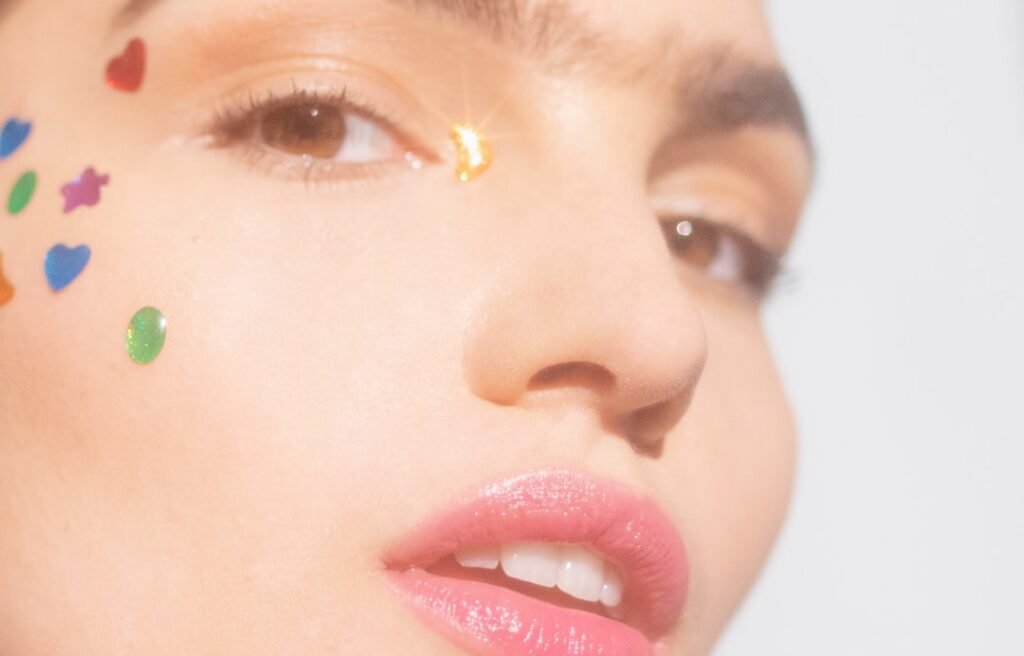The presence of a pimple inside the nostril can be an uncomfortable and often alarming experience. While pimples are commonly associated with the face, back, or shoulders, their occurrence within the nasal cavity can be particularly distressing due to the sensitivity of the area. The nostrils are not only a prominent feature of the face but also play a crucial role in the respiratory system, making any irritation or inflammation in this region noteworthy.
Understanding the nature of these pimples, their causes, symptoms, and treatment options is essential for effective management and relief. Pimples inside the nostril can arise from various factors, including hormonal changes, bacterial infections, and even simple irritations from environmental factors. The skin inside the nostrils is delicate and can easily become inflamed or infected, leading to the formation of painful bumps.
This article delves into the intricacies of this condition, providing insights into its causes, symptoms, potential complications, and various treatment options available to alleviate discomfort and promote healing.
Key Takeaways
- Pimple inside nostril is a common condition that can be painful and uncomfortable.
- Causes of pimple inside nostril include bacterial infections, ingrown hairs, and nasal hair plucking.
- Symptoms of pimple inside nostril may include pain, redness, swelling, and difficulty breathing through the affected nostril.
- Complications of pimple inside nostril can include the spread of infection and the formation of abscesses.
- Treatment options for pimple inside nostril may include antibiotics, warm compresses, and in some cases, surgical drainage.
Causes of Pimple Inside Nostril
Several factors can contribute to the development of a pimple inside the nostril. One of the primary causes is the clogging of hair follicles or pores due to excess oil production, dead skin cells, or bacteria. The nasal cavity contains sebaceous glands that produce sebum, an oily substance that helps keep the skin moisturized.
However, when these glands become overactive or when there is an accumulation of debris, it can lead to blocked pores, resulting in the formation of a pimple. Another significant cause is bacterial infection, particularly from Staphylococcus aureus, which is commonly found on the skin. When bacteria invade a hair follicle or an area of broken skin inside the nostril, it can lead to inflammation and pus formation, manifesting as a painful bump.
Additionally, conditions such as acne vulgaris can extend beyond typical facial areas and affect the nasal passages. Hormonal fluctuations during puberty, menstruation, or pregnancy can also exacerbate oil production and contribute to acne formation in this sensitive area.
Symptoms of Pimple Inside Nostril

The symptoms associated with a pimple inside the nostril can vary in intensity but typically include localized pain and discomfort. Individuals may experience a sharp or throbbing sensation that can be exacerbated by touching or moving the nose. The area may also feel tender to the touch, making it difficult to perform routine activities such as blowing one’s nose or wearing glasses.
In addition to pain, swelling and redness are common visual indicators of a pimple inside the nostril. The affected area may appear inflamed and may even develop a white or yellowish head if pus accumulates beneath the skin. In some cases, individuals may also experience itching or a burning sensation in the nostril.
If the pimple becomes infected or if there is an underlying condition, symptoms may escalate to include fever or general malaise.
Complications of Pimple Inside Nostril
| Complication | Percentage |
|---|---|
| Infection | 40% |
| Scarring | 25% |
| Pain and Discomfort | 30% |
| Difficulty Breathing | 5% |
While many pimples inside the nostril resolve on their own without significant complications, there are potential risks associated with this condition that warrant attention. One of the most concerning complications is the risk of spreading infection. The nasal cavity is closely connected to other areas of the face and head, including the sinuses and brain.
If bacteria from an infected pimple enter the bloodstream or surrounding tissues, it could lead to more severe infections such as cellulitis or even cavernous sinus thrombosis—a rare but life-threatening condition. Another complication arises from improper handling of the pimple. Attempting to pop or squeeze a pimple inside the nostril can introduce additional bacteria into the area and worsen inflammation.
This action can also lead to scarring or permanent changes in skin texture if not managed properly.
Furthermore, recurrent pimples in this area may indicate an underlying skin condition that requires medical evaluation and treatment.
Treatment Options for Pimple Inside Nostril
Treatment for a pimple inside the nostril typically focuses on alleviating symptoms and promoting healing. Over-the-counter topical treatments containing benzoyl peroxide or salicylic acid can be effective in reducing inflammation and clearing clogged pores. However, caution should be exercised when applying these products inside the nostrils due to their potential for irritation.
In cases where pain is significant or if there are signs of infection such as increased redness or pus formation, a healthcare provider may prescribe antibiotics to combat bacterial growth. In some instances, corticosteroid injections may be recommended to reduce inflammation rapidly. For persistent or recurrent pimples, dermatological consultation may be necessary to explore underlying causes and more advanced treatment options.
Home Remedies for Pimple Inside Nostril

For those seeking relief from a pimple inside the nostril without resorting to pharmaceuticals, several home remedies may provide comfort and promote healing. One effective approach is applying warm compresses to the affected area. The warmth helps increase blood circulation and can facilitate drainage if there is pus present.
A clean cloth soaked in warm water can be gently pressed against the nostril for several minutes multiple times a day. Another popular remedy involves using tea tree oil due to its natural antibacterial properties.
Diluting tea tree oil with a carrier oil such as coconut oil and applying it carefully around the affected area may help reduce inflammation and combat bacteria.
Additionally, maintaining good nasal hygiene by gently cleaning the nostrils with saline solutions can help prevent further irritation and promote healing.
When to See a Doctor for Pimple Inside Nostril
While many cases of pimples inside the nostril can be managed at home, certain situations warrant professional medical attention. If a pimple does not improve within a few days or if symptoms worsen—such as increased pain, swelling, or fever—consulting a healthcare provider is advisable. These could be signs of an underlying infection that requires more intensive treatment.
Individuals should also seek medical advice if they experience recurrent pimples in the nostril or if they notice unusual changes in their nasal passages. Persistent issues may indicate an underlying skin condition such as folliculitis or acne that necessitates specialized care from a dermatologist. Additionally, if there are any signs of complications—such as vision changes or severe headaches—immediate medical attention is critical.
Prevention of Pimple Inside Nostril
Preventing pimples inside the nostril involves adopting good hygiene practices and being mindful of factors that contribute to their formation. Regularly cleansing the face and nasal area with gentle cleansers can help remove excess oil and debris that may clog pores. It is essential to avoid using harsh scrubs or products that could irritate sensitive skin within the nostrils.
Maintaining overall skin health through a balanced diet rich in vitamins and minerals can also play a role in prevention. Foods high in antioxidants, such as fruits and vegetables, support skin health and may reduce inflammation. Staying hydrated is equally important; adequate water intake helps maintain skin elasticity and moisture levels.
Additionally, avoiding touching one’s face frequently can minimize the transfer of bacteria from hands to facial areas. If individuals wear glasses or masks regularly, ensuring these items are clean can help prevent irritation around the nostrils. By implementing these preventive measures, individuals can significantly reduce their risk of developing pimples inside their nostrils while promoting overall nasal health.
If you are experiencing discomfort from a pimple inside your nostril, it may be helpful to consult with a dermatologist. Dr. Trisha Khanna, a board-certified dermatologist, offers medical dermatology services to address various skin conditions, including eczema and atopic dermatitis. To learn more about how Dr. Khanna can help with your skin concerns, visit her website here. If you are located in the St. Cloud area, you can also visit Dr. Khanna’s clinic by checking out the store locator here. Feel free to reach out to Dr. Khanna’s office for more information or to schedule an appointment by visiting the contact page here.
FAQs
What causes a pimple inside the nostril?
Pimples inside the nostril can be caused by a variety of factors, including bacterial infections, ingrown hairs, and irritation from nose picking or blowing the nose too forcefully.
How can I treat a pimple inside my nostril?
It is important to avoid squeezing or popping the pimple, as this can lead to further irritation and potential infection. Instead, you can apply a warm compress to the affected area to help reduce inflammation and promote healing. If the pimple does not improve or becomes increasingly painful, it is best to consult a healthcare professional for further evaluation and treatment.
When should I seek medical attention for a pimple inside my nostril?
If the pimple inside your nostril is accompanied by severe pain, swelling, or signs of infection such as pus or fever, it is important to seek medical attention. Additionally, if the pimple does not improve within a few days or if you have recurrent pimples inside your nostrils, it is best to consult a healthcare professional for further evaluation and treatment.


